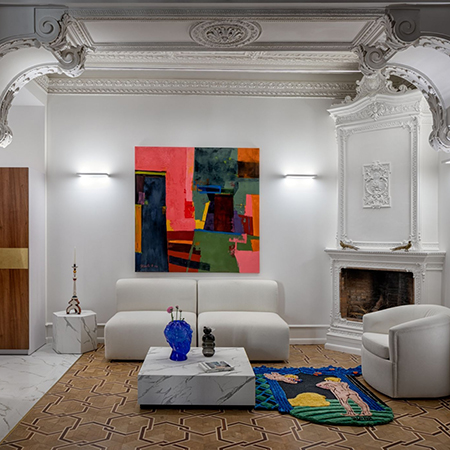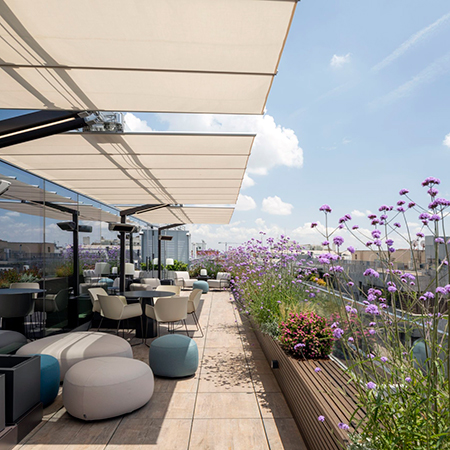Terrazzo is back! Although we generally associate it with the aesthetics of the 60s and 70s, the terrazzo It is a flooring technique that emerged in Venice between the 15th and 16th centuries and which, from time to time, is reborn and comes back into fashion. After years of certain abandonment after its last boom, terrazzo regains a privileged position in the interior design modern and it is increasingly common that we see it in homes and offices.
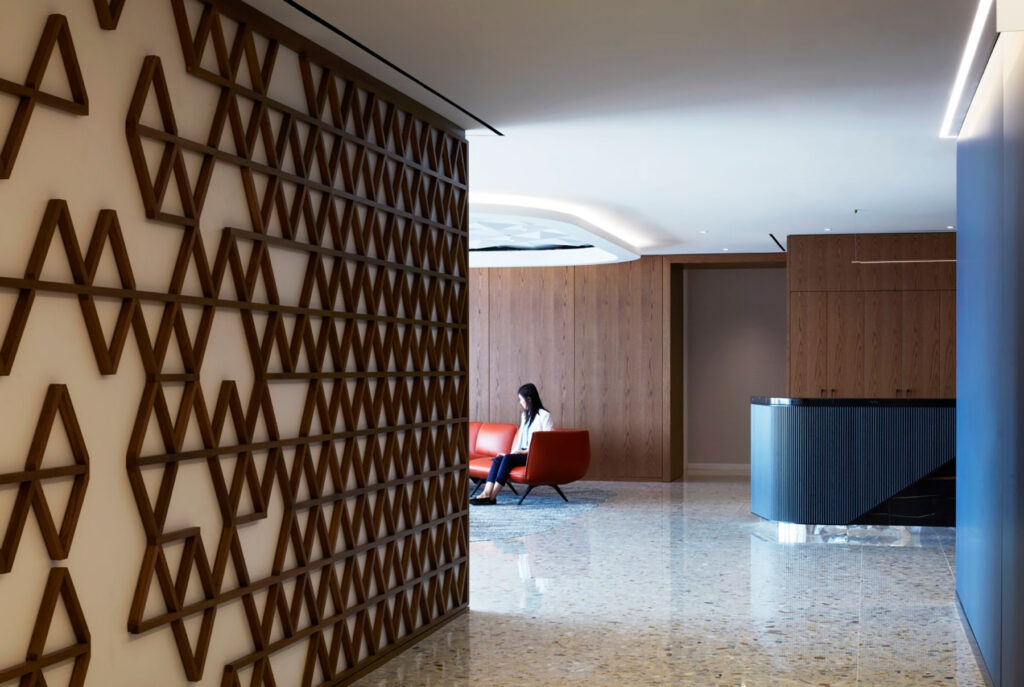
Venetian origin
Terrazzo, also known as “seminato di marble” or “Venetian terrazza”, is a material 100% ecological, not only because its raw material is organic (marble, granite, clay, etc.), but also because it comes from the reuse and use of leftover stone. In fact, the marble workers of the time took advantage of the pieces left over from the construction of the palaces, which they mixed with a clay base and mixed with goat's milk, to pave the exterior of their own houses. Once set and dry, polished the surface until it acquired a surprising marble shine.
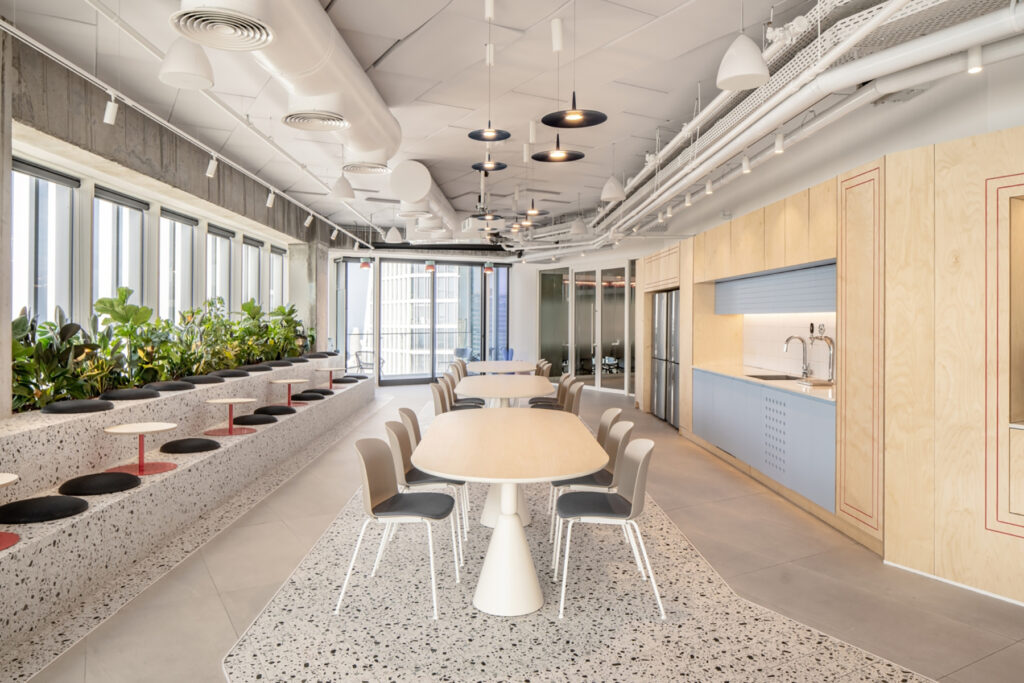
Continuous terrazzo and terrazzo tiles
There are many formulas and ways to apply terrazzo, since it is a very craft which involves the selection of the pebbles, their placement on the cement base with a design more or less geometric or random, but maintaining a certain harmony.
El palladian terrazzo It is the old-fashioned application system, in situ, of the continuous terrazzo: A layer of cement is applied, pebbles or pieces of marble or granite are introduced, it is covered with another thin layer of cement and polished. As expected, this system is the most expensive, since it requires expert labor who knows how to work terrazzo. In addition, polishing the surface can be especially cumbersome since the cement raises a fine powder that covers everything around it.
For this reason it is increasingly common to find terrazzo tiles, whose installation is much easier and cheaper.
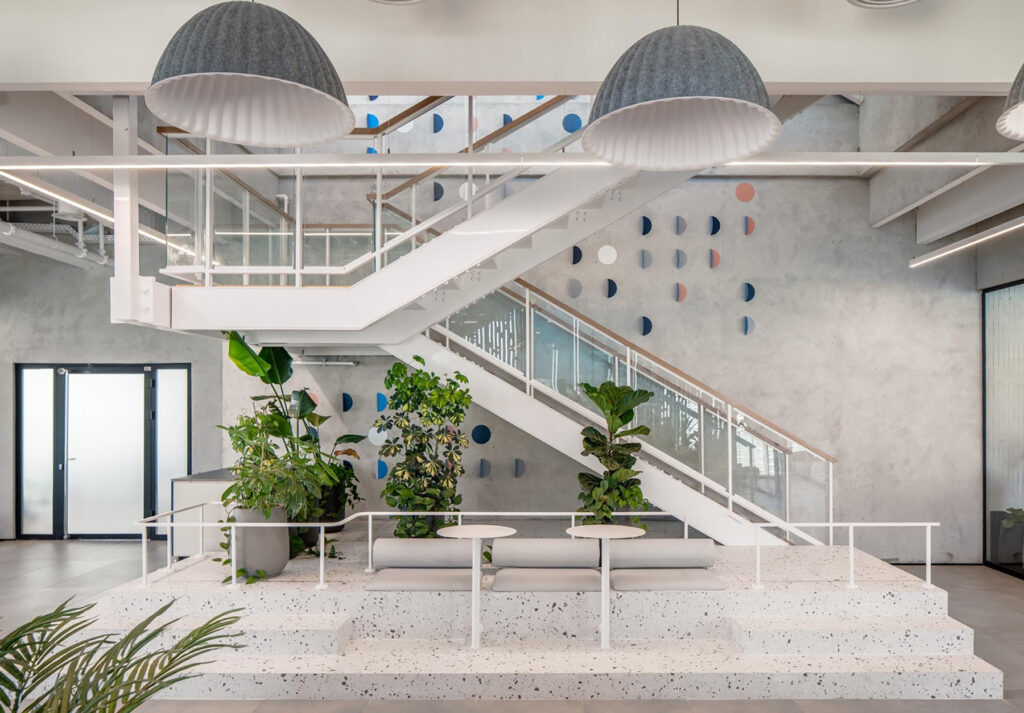
Designs and applications
Although floors are the origin and most common application of terrazzo, currently we can find it in very diverse applications: walls, benches, sinks, countertops, and even in ornamental pieces such as trays, vases or pots.
One of the characteristics of terrazzo is that each application is unique, especially if we talk about continuous terrazzo placed in situ. Being a artesanal job, There is no pavement the same as another, since the pebbles or pieces of marble are always unique pieces. For this reason, terrazzo can be personalized and adapted to each interior design project.
Terrazzo can be applied in Exterior without any problem, although it is preferable that the surface is rough and not too polished, as it can slip. In hot climates, It is a widely used material because it stays cool all day and does not absorb the sun's rays or accumulate heat. On the contrary, in cold and humid climates It is rather unsuitable because it is cold and slippery.
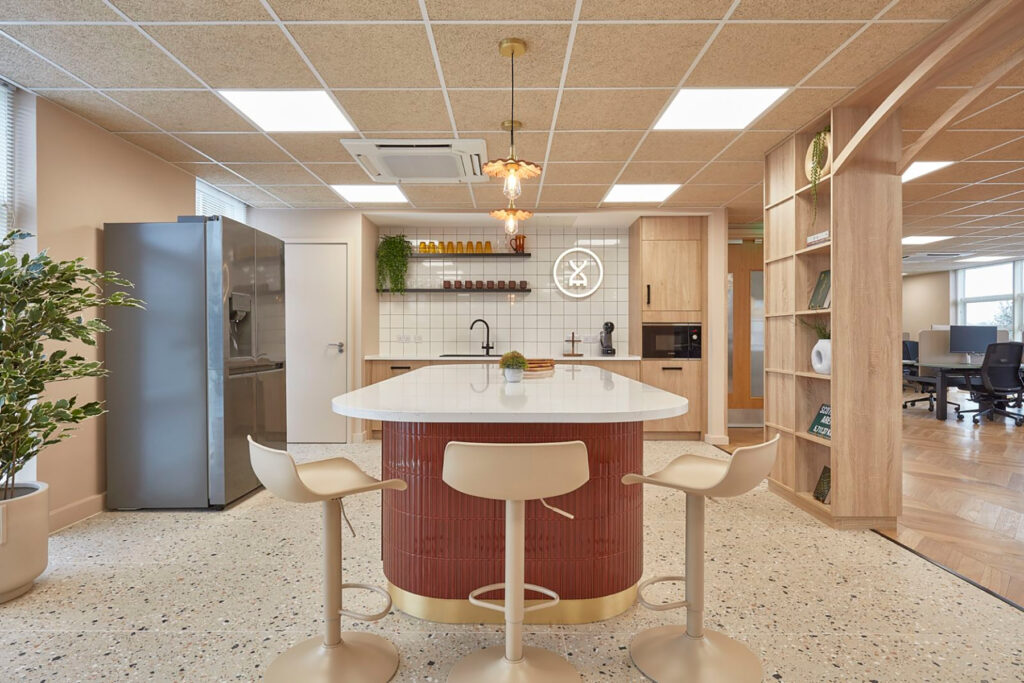
Advantages of terrazzo
There are many advantages of terrazzo, in addition to being an extremely decorative and have a price really interesting compared to other coatings. Is special suitable in offices, because it brings together a series of advantages:
Durability: Terrazzo is known for its durability and abrasion resistance. It is able to withstand daily wear and tear heavy traffic without showing signs of excessive wear.
Aesthetic versatility: As we mentioned, terrazzo offers a wide range of design options. It can be customized by combining different colors and sizes of stone aggregates, allowing you to create unique designs and adapt to a variety of architectural styles.
Easy maintenance: Although terrazzo may require periodic sealing to maintain its shine and strength, it is generally Easy to clean and maintain. With proper care, it can retain its appearance for many years.
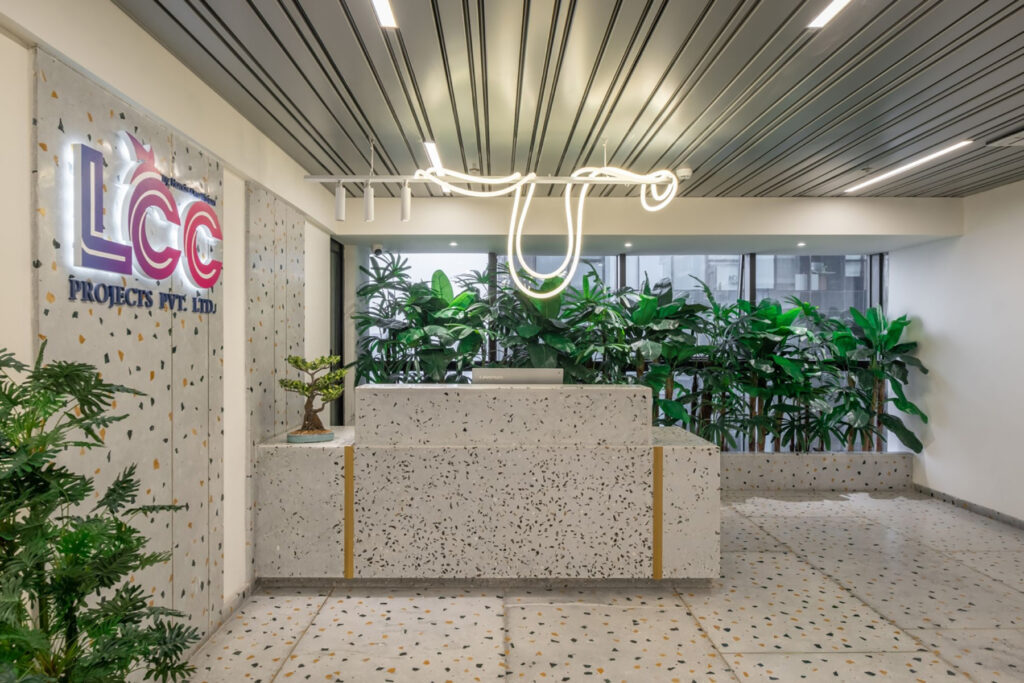
Resistance to stains and chemicals: As a stone material, terrazzo is inherently resistant to stains and many common chemicals, making it suitable for use in areas where frequent spills may occur, such as kitchens and bathrooms.
Hypoallergenic: Unlike carpets or other floor coverings that can trap dust, mites and allergens, terrazzo is a solid surface and easy to clean, lor that makes it a more hygienic option for people with allergies.
Sustainability: Terrazzo can be considered a 100% sustainable material, as it is made of recycled materials and is durable, reducing the need for frequent replacement and the generation of waste.
Good thermal conductivity: Terrazzo tends to maintain a constant temperature, which makes it comfortable to step on at any time of the year.
There is no doubt that terrazzo still has a long life ahead of it.
